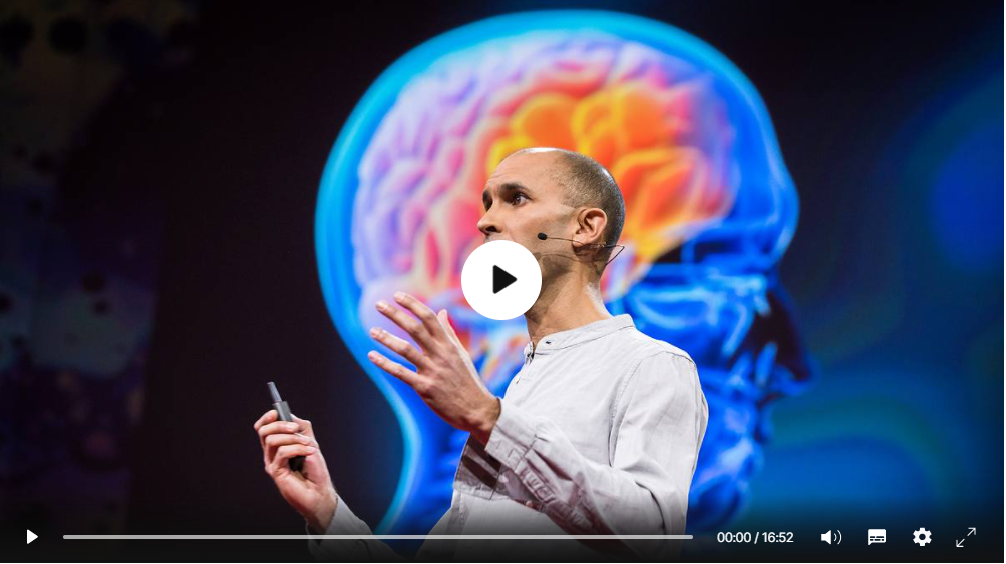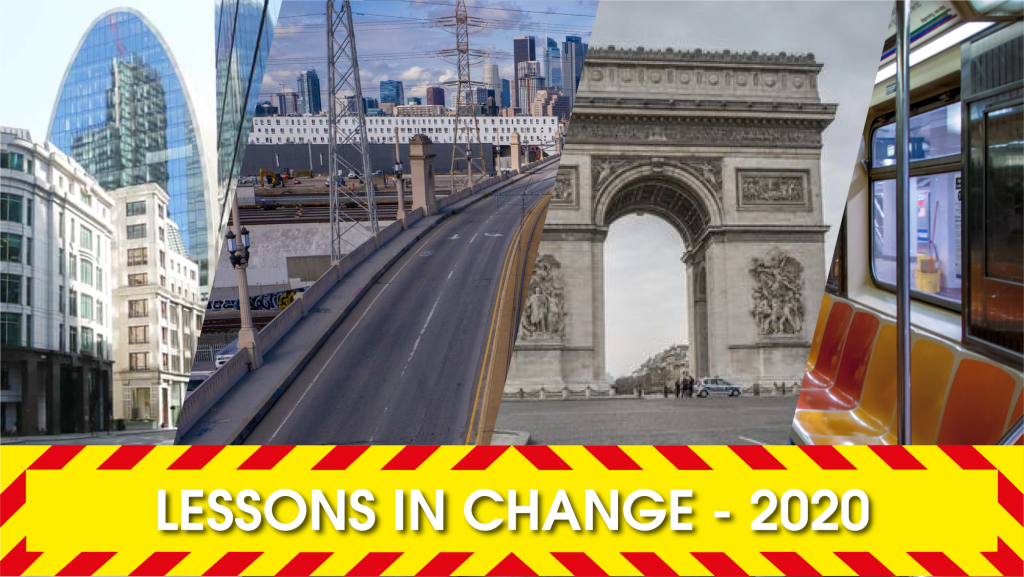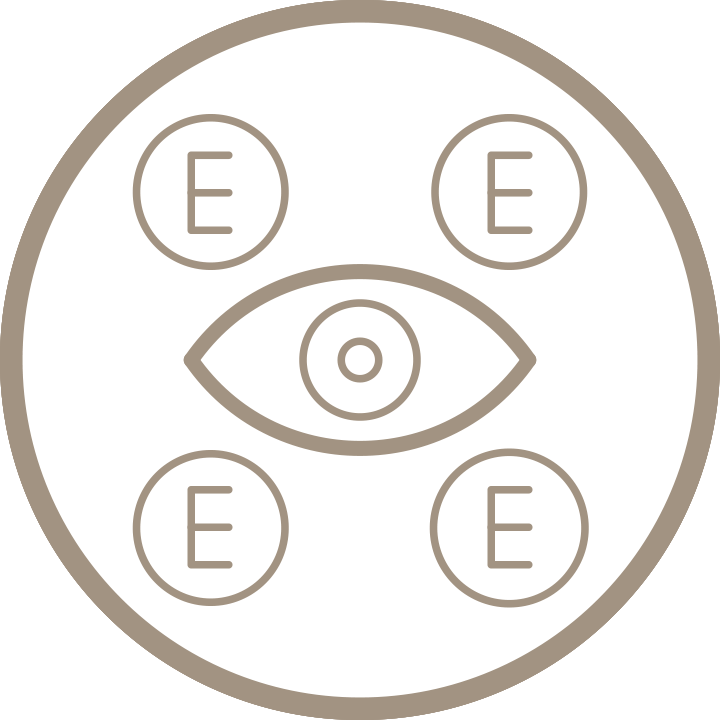Change Resistance: How do you know unless you look?
By Mark Vincent
Share

If you’re dealing with change at work, you may have noticed how resistant people can be and how difficult it can be to deliver changes at the required pace. Typical symptoms include painfully long meetings, lengthy email exchanges, slow decision making, conflict, missed deadlines and status reports reporting green till it’s too late. And if you’re responsible for making change happen I’m sure you’ll have noticed how often problems float upwards, ending up on your desk.
Change resistance can take many different forms, some of which can be hard to spot, especially when the pressure is on. The impact, however, is very evident: slow and expensive change pace and outcomes that fall well short of expectations. It comes from a lack of emotional engagement from those involved compared to their other priorities, so the key to accelerating it lies in that direction.
The good news is that it’s normally easier to address than most people think. The bad news is that in most change situations the feelings and attitudes of the people involved are not measured. Things like progress and burn rates are measured instead because they are perceived to be more tangible and they fit the standard corporate model for budgeting and top down command and control. And yet these measures miss the point completely; they are consequential, rather than causal.
Focus on measuring the level of engagement
Real success comes from engagement. Real success is defined by how those involved actually feel about the changes they are being asked to make. The huge body of research points there, countless case studies from successful companies confirm it, even our own instinct tells us. Give people a reason and they will go there willingly. Give them an even better one and they will go there faster. It really isn’t rocket science. If the reason to change is greater than the reasons not to, change will happen. But this is an emotional process first and foremost.
Companies like WL Gore, Google, Microsoft, Spotify and many others are already innovating faster. They understand how to switch on that creativity that’s innate in all of us, yet often stifled in a business context. They get people engaged.
Our priority is to help more businesses and more change initiatives to succeed by ensuring those they need to influence are fully engaged. And that starts with measuring the feelings and emotions of those involved.
Our own change readiness survey is specifically designed to test the level of engagement by asking carefully crafted questions. The responses are weighted in importance to deliver critical insights and offer targeted interventions that are proven to deliver results quickly. We can then test at regular intervals to ensure that the interventions are working as expected. Whether you use our version or create your own, make it a priority to measure how those involved in your changes are feeling about it, and keep measuring as you go.
If you’d like to know more about softening change resistance, accelerating the pace of change or if you know of someone else who could benefit then let’s start a conversation using the details below.
Get in touch
If you’re starting a change, or already on the journey and need some support, we can help.
Whether it’s coaching or mentoring your leadership team, diagnosing low engagement or leading a change on your behalf, we have a range of options to suit different situations and budgets. Contact us by clicking the button to find out more.
Related content
Robin Sharma – The Monk who Sold his Ferrari
An inspirational fable, full of powerful insights and inspiration for living a life of meaning and abundance.
Anil Seth – Your brain hallucinates your conscious reality
A powerful talk that shows how easily we are tricked into beliefs and perspectives that turn out to be different to what we initially thought.
Can one thought change our experience?
Where does our reality really come from? And what are the implications for our business and personal life?
Lessons in Change #1: Start with a reason that we believe in
The speed and magnitude of the change we’ve been through during the early part of 2020 is unprecedented in recent history. What can we learn from our response and the speed at which we all acted?
Real or Not?
How often have you made judgements about people or a situation that turned out to be completely different to what you thought at the time? Ever wondered why in some cases the person you are talking to you just doesn’t get where you are coming from and vice versa? This article explores why that is.







